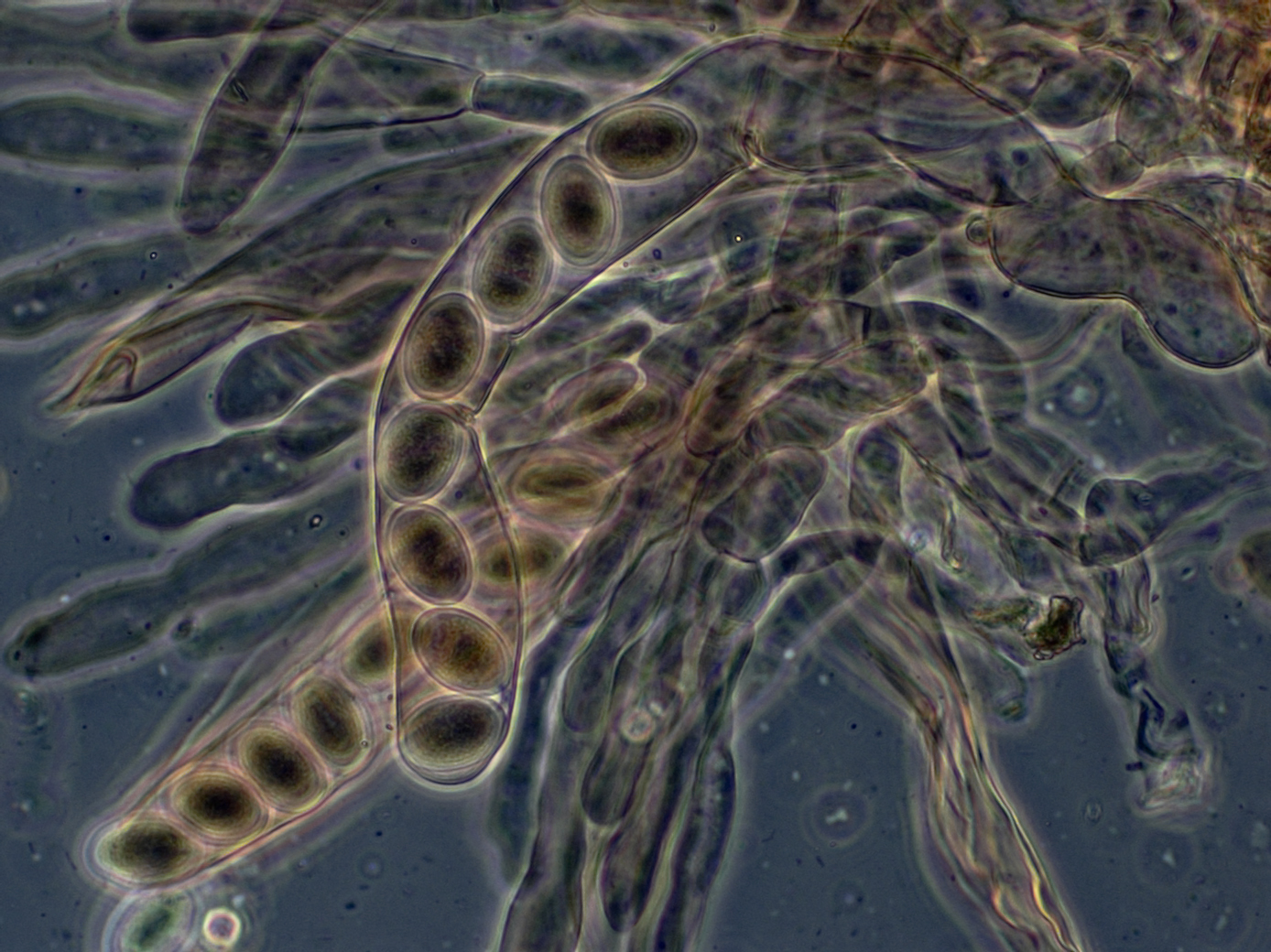Get to know Sordaria fimicola
Sordaria fimicola is a fungus very well known for its usage in studying genetics thanks to its life cycle that respects the Mendelian laws of segregation. It is known to be a haploid organism. For most of its life cycle it is a non-motile organism.
First of all, this fungus grows at 25°C on nutrient agar. In nature these microbes can be found in the feces of organisms that eat plants.
 |
| https://upload.wikimedia.org/wikipedia/commons/6/61/Morelasci.jpg |
Why are they used for genetic studies ?
The fungus does sexual reproduction which undergoes mitosis and meiosis. This organism, even though, begins life as a single celled organism it starts its mitotic cycle very early.
As we know this mitotic division gives birth two identical daughter cells which are haploid. During this process of cell duplication a new "organ" starts growing: mycelium, which is known to be the sexual "organ" of the fungus. When the mycelium of two organisms meet, there is birth of diploid zygote. This zygote enters meiosis which ends up with the birth of 4 daughter cells also known as spores. The zygote does meiosis twice which allows the formation of 8 ascospores. This a linear organisation of the eight spores which are contained in a bag called asci.
There are two alleles which determine whether as ascospores are white or black. This allows us to study the different genetic process taking place in simple organisms.
For more information check out:
http://botit.botany.wisc.edu/toms_fungi/mar2007.html

No comments:
Post a Comment